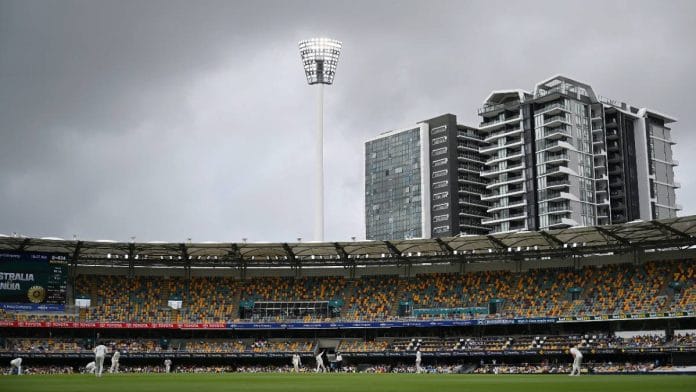New Delhi: An eight-member working committee, led by International Cricket Council’s (ICC) newly appointed CEO Sanjog Gupta, is examining the feasibility of introducing a two-tier structure in Test cricket. The committee was formed during the ICC’s annual general meeting in Singapore earlier this month.
According to the current format, nine teams participate in the World Test Championship. But, in the proposed two-tier system, the format would transition to two divisions of six teams each, incorporating a promotion and relegation system between the two divisions.
The proposed first division would feature Australia, England, India, South Africa, New Zealand and Sri Lanka, leaving Pakistan, West Indies, Zimbabwe, Bangladesh, Afghanistan, and Ireland in the second tier.
Gupta, who joined the ICC this month from the Indian broadcaster JioStar, will chair the working committee, which also includes England and Wales Cricket Board (ECB) chief executive Richard Gould, and Cricket Australia (CA) chief executive Todd Greenberg, The Guardian reported. The idea of a two-tier structure was discussed by CA and ECB last year, with CA pushing for a model where Australia, England, and India play each other twice within a three-year cycle. Currently, the teams face off only twice every four years.
Such a format is expected to attract broadcasters and generate significant revenue. But “the ECB is understood to have reservations about scheduling more test series between the so‑called big three, as it would further entrench their huge financial advantage over other international sides,” said the report.
Any changes would be introduced for the next cycle of the World Test Championship, due to run from 2027 to 2029, and involve an expansion from the current nine-team format to two divisions of six, according to the report.
The working group has been asked to submit its recommendations by the end of the year.
The two-division concept first emerged from meetings between CA and the ECB during the women’s Ashes last January. Notably, in 2016, the Board of Control for Cricket in India and other Asian test playing nations like Sri Lanka had opposed a 7-5 grouped two-tier proposal. This January, legendary West Indies cricketer Clive Lloyd had expressed disagreement over the two-tier test cricket system, calling it a poor and disturbing idea.
“Well, I don’t see a two-tier system happening. I am very disturbed by this, and I’m hoping something is done to stop it now. We’re not talking about 30 or 40 cricket teams—it’s just 10 teams. We should have a system where everyone plays cricket regularly,” he had said during a virtual interaction with IANS.
Lloyd believes that introducing a two-tier system could widen the divide between top and lower-ranked teams, potentially putting second-tier nations under financial pressure—especially if they are denied opportunities to play against the dominant “big three” of India, Australia and England.
“The impact would be disastrous. Teams in the lower tier wouldn’t have the opportunity to improve because they wouldn’t face better opposition. How can you develop by playing only among yourselves? It would be especially harsh for countries that worked hard to earn test status, only to be relegated to a lower division with little hope of advancement,” he said.
Lloyd had suggested that a fairer system would involve equitable financial support to help all teams invest in the resources needed for improvement.
Former India coach Ravi Shastri, however, fully supports the proposed two-tier system.
He believes it could be crucial for the future of test cricket amid the rising dominance of T20 format. “The top teams play against each other more often, so there is a contest. You want contests,” Shastri told SEN radio of Australia.
(Edited by Nida Fatima Siddiqui)
Also Read: ICC just tweaked rules for men’s cricket. Stop clock rule in Test, new DRS protocols now in place






